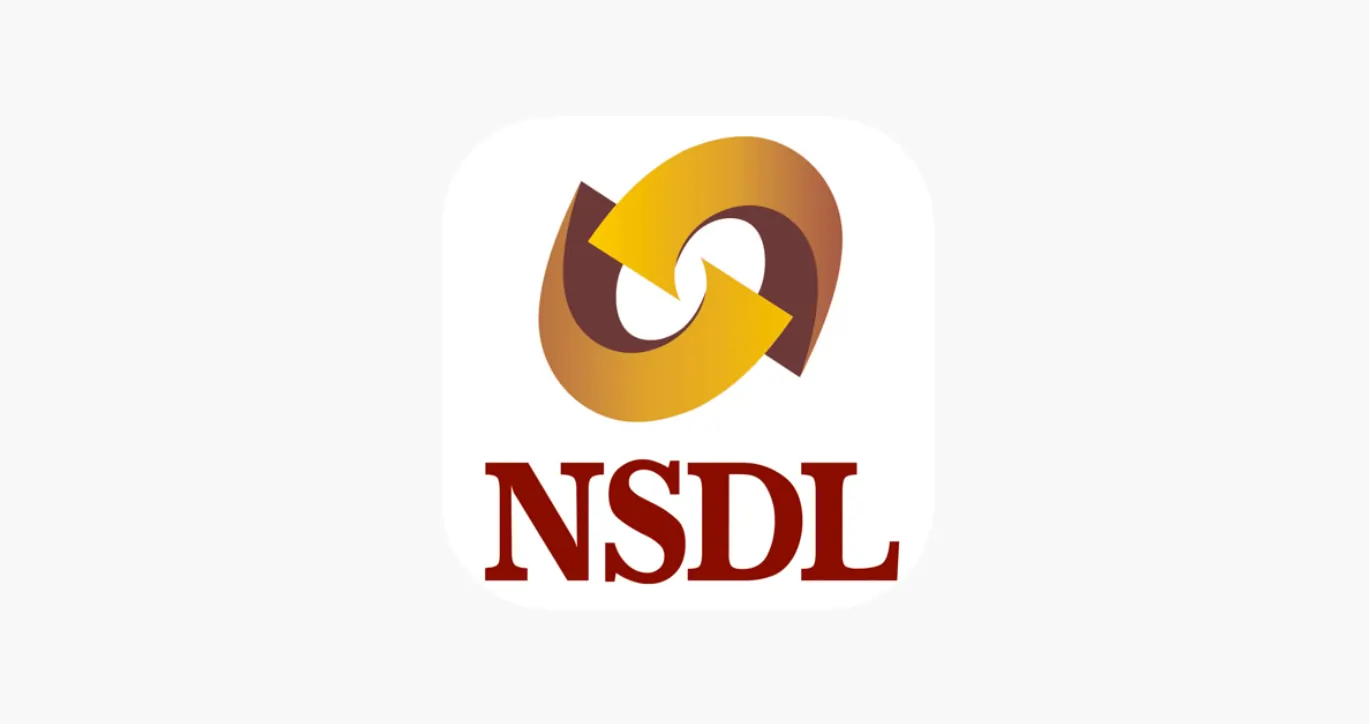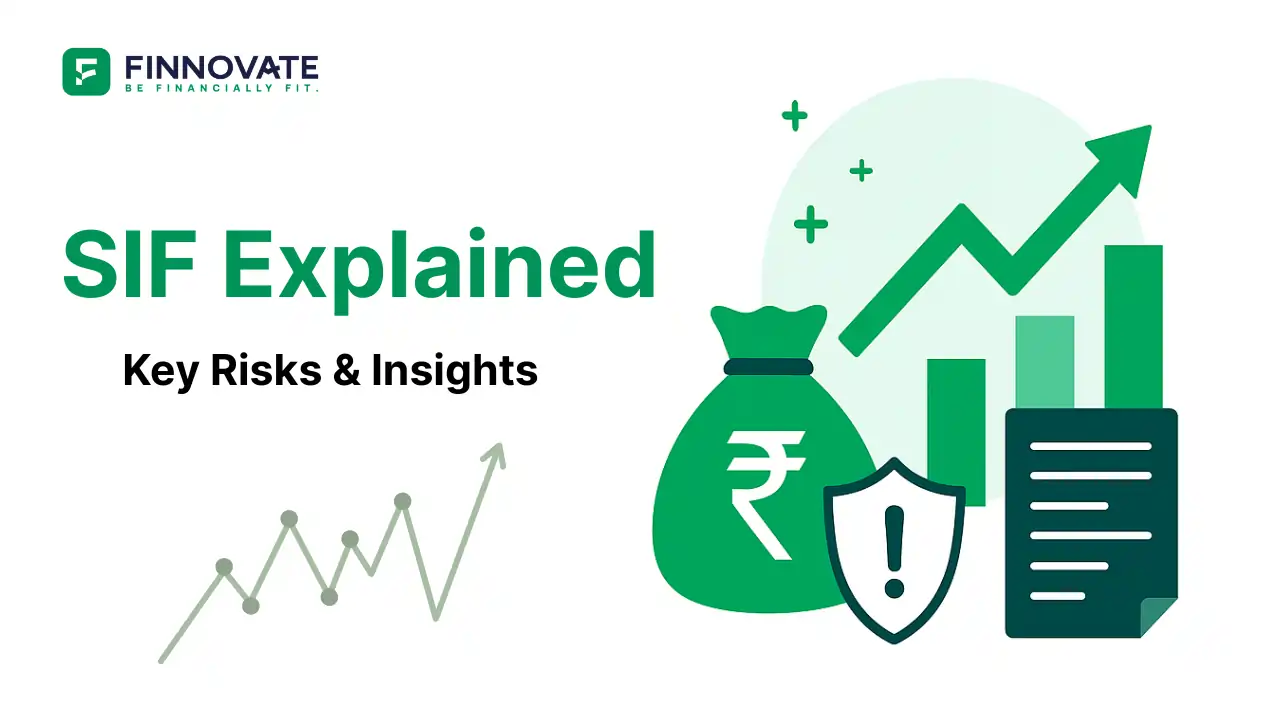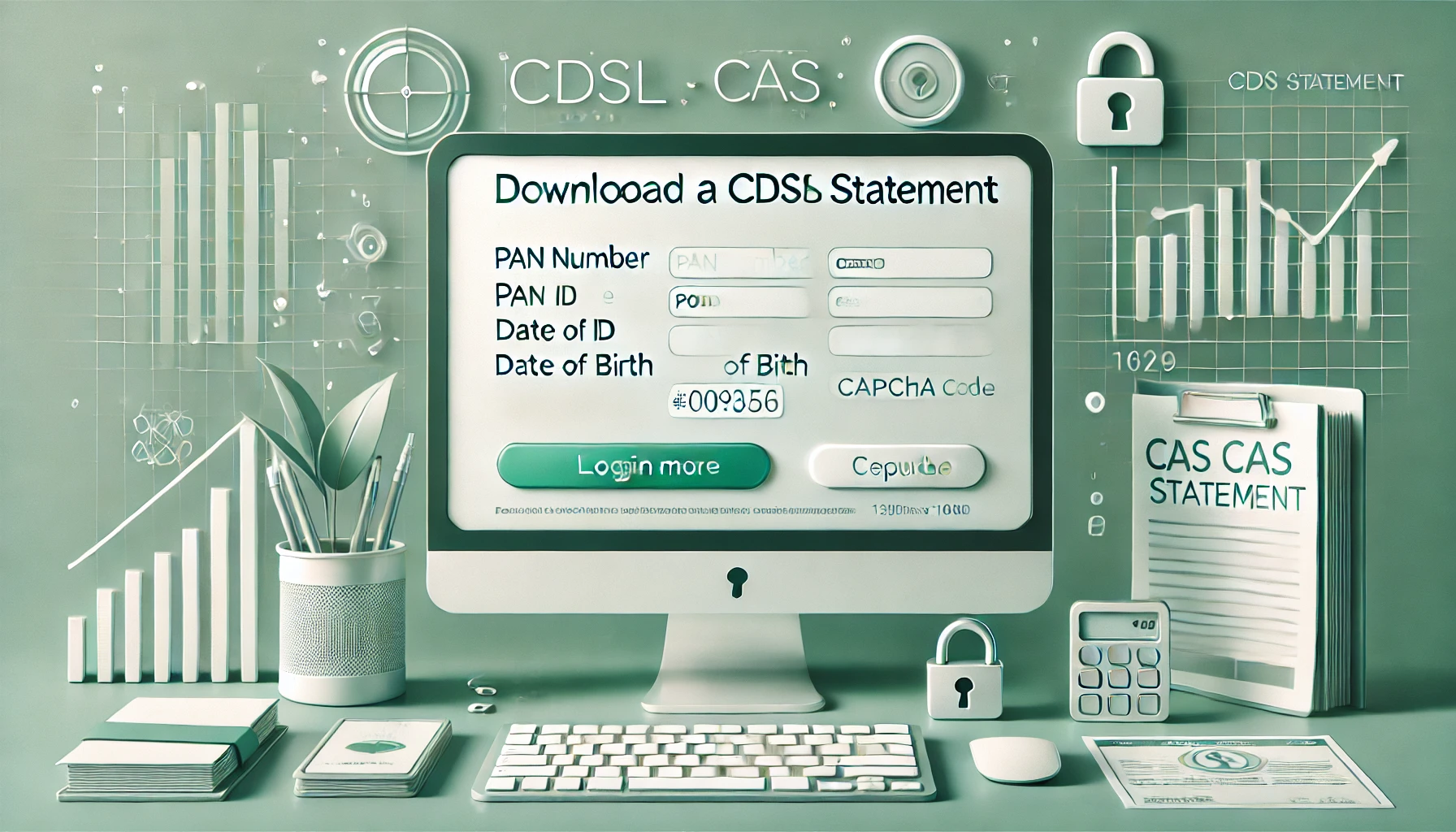
Quick Commerce in India: Why Pricing Could Decide the Winners
Quick commerce demand is strong, but rising losses and Amazon’s entry may turn pricing i...
Source: RBI, Federal Reserve, Market Commentary | Period: June–August 2025
As the Reserve Bank of India (RBI) heads into its Monetary Policy Committee (MPC) meeting on August 6, 2025, all eyes are also on the US Federal Reserve’s policy statement on July 30, 2025. While recent inflation data in India gives the RBI room to ease further, the central bank may prefer a cautious stance in August especially after its front-loaded rate cuts earlier this year.
In June 2025, the RBI surprised markets with a bold move - cutting the repo rate by 50 basis points and announcing a 100 basis point reduction in the Cash Reserve Ratio (CRR), phased until November 2025. This came after an earlier 50 bps rate cut in February 2025, taking the total easing to 100 bps for the year.
Alongside these measures, the RBI also shifted its monetary policy stance from “Accommodative” to “Neutral.” This change in language signaled a temporary pause in further rate cuts, suggesting the central bank wanted to observe inflation and growth trends more carefully going forward.
The main driver behind recent rate cuts has been a sharp drop in inflation. In June 2025, India’s Consumer Price Index (CPI) inflation came in at just 2.10% - a 77-month low. This is well below the RBI’s medium-term inflation target of 4%, and only marginally above its lower tolerance limit of 2%.
With inflation under control, the RBI technically has room to cut rates further. However, other macro indicators are complicating the picture.
India’s economic growth remains under pressure. The core sector, a leading indicator of industrial performance, grew by just 1.3% in Q1 FY26. This is a worrying signal, suggesting that GDP growth for the first quarter may be tepid.
In such a context, another rate cut could support demand and investment. But having already delivered substantial easing through both the repo rate and CRR, the RBI may now prefer to wait and assess whether its earlier measures are transmitting effectively into the broader economy.
Here are reasons why the RBI may hold rates steady in August:
Instead, the RBI may choose to wait until its October 2025 meeting to reassess based on clearer growth and inflation trends.
Another key factor influencing the RBI’s next move is the US Federal Reserve’s policy announcement on July 30, 2025. Fed officials, including Chris Waller, have hinted at a possible rate cut. However, market expectations suggest the Fed may either:
If the Fed takes a decisively dovish tone or initiates a cut cycle, it could give the RBI more comfort to ease in August without putting the rupee at risk. But if the Fed holds, the RBI will likely mirror that caution to avoid capital outflows and currency volatility.
With inflation low, growth soft, and external cues uncertain, the RBI faces a classic balancing act. While there’s room to cut, the central bank may choose to pause in August and allow more time for past easing measures to work through the economy.
Unless the Fed adopts a sharply dovish tone, the RBI is expected to hold rates steady in August and revisit the easing cycle in October, when more Q2 data will be available.
Disclaimer: The views and projections in this article are based on publicly available information and are intended for informational purposes only. Readers are advised to consult financial experts before making any investment or monetary decisions.
Popular now

Learn how to easily download your NSDL CAS Statement in PDF format with our step-by-step g...

Explore what Specialised Investment Funds (SIFs) are, their benefits, taxation, minimum in...

Learn How to Download Your CDSL CAS Statement with our step-by-step guide. Easy instructio...

Looking for the best financial freedom books? Here’s a handpicked 2026 reading list with...